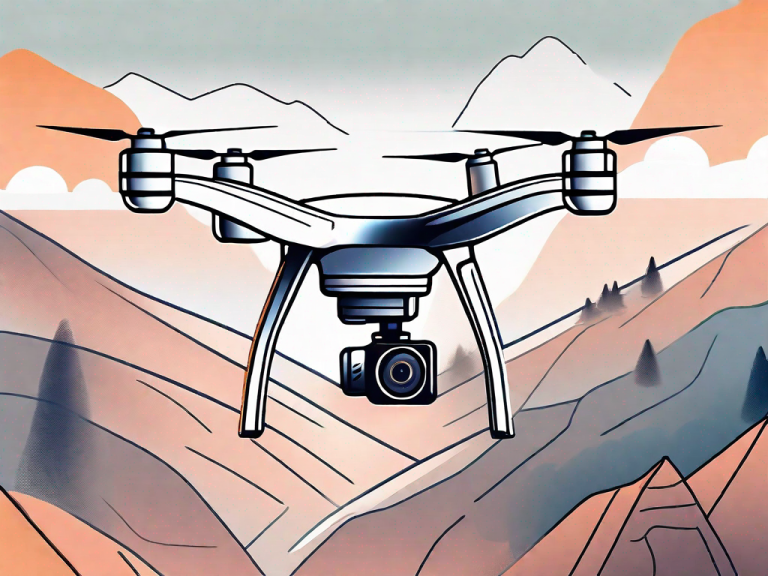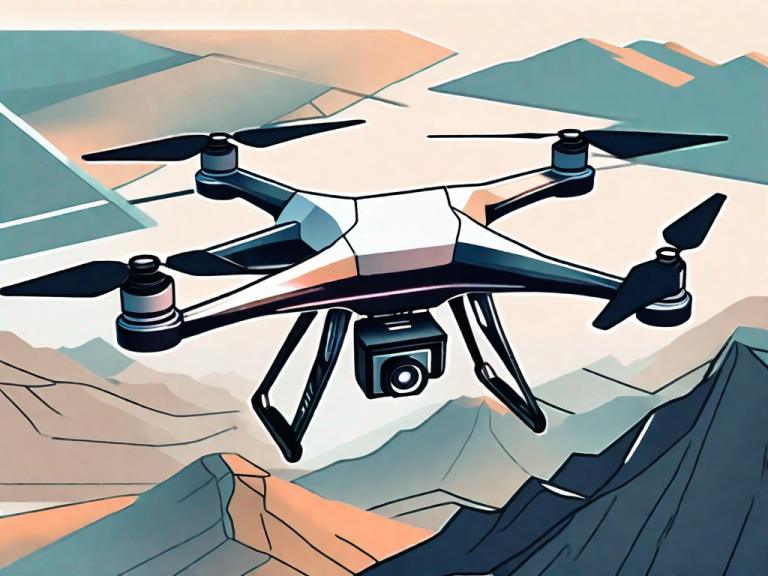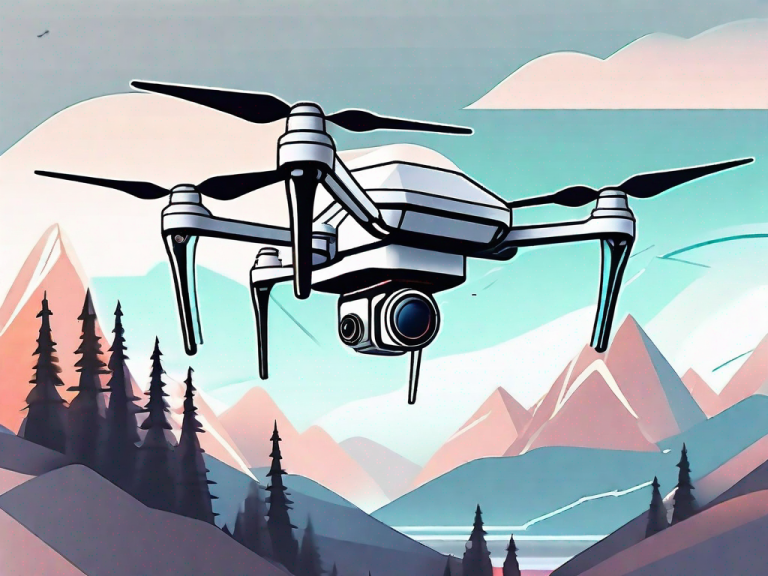When it comes to photography, having a reliable and convenient camera is essential. While smartphones these days have increasingly advanced cameras, they still can’t quite match the quality and versatility of a dedicated point and shoot camera. In this article, we will explore the different types of point and shoot cameras, factors to consider when choosing one, the top 10 cameras for every budget, and the features and specifications that make them stand out. We will also delve into topics such as image quality, ergonomics, user-friendliness, low light performance, ruggedness, zoom capabilities, manual controls, Wi-Fi connectivity, video recording capabilities, battery life, size, and durability. Whether you’re a beginner or an experienced photographer, this comprehensive guide will help you find the best point and shoot camera for your needs.
Understanding the Different Types of Point and Shoot Cameras
Point and shoot cameras come in various types, each catering to different needs and preferences. While some people prefer compact cameras that easily fit into a pocket, others may opt for larger cameras with more advanced features. Additionally, there are specialized point and shoot cameras designed for specific purposes, such as travel, underwater photography, or vlogging. Understanding the different types of point and shoot cameras will enable you to choose the one that suits your specific requirements.
One type of point and shoot camera that has gained popularity in recent years is the rugged camera. These cameras are built to withstand harsh conditions and are often waterproof, shockproof, and freeze-proof. They are perfect for outdoor enthusiasts who want to capture their adventures without worrying about damaging their camera. Rugged cameras are also a great option for those who enjoy water sports or activities like snorkeling and diving, as they can be used underwater without the need for a separate waterproof housing.
Factors to Consider When Choosing a Point and Shoot Camera
Before making a purchase, it’s important to consider several factors that will affect your overall experience with a point and shoot camera. These include image quality, sensor size, zoom capabilities, autofocus speed, low light performance, battery life, user-friendliness, build quality, and price. By carefully evaluating these factors and prioritizing your needs, you can make an informed decision and choose a point and shoot camera that meets your expectations.
In addition to the factors mentioned above, it is also worth considering the camera’s connectivity options. Many point and shoot cameras now come with built-in Wi-Fi or Bluetooth capabilities, allowing you to easily transfer photos to your smartphone or computer. This can be especially convenient for quickly sharing your images on social media or backing them up to the cloud. Furthermore, some cameras offer additional features such as built-in GPS for geotagging your photos or advanced shooting modes for capturing unique effects. Taking these extra features into account can help you find a point and shoot camera that suits your specific needs and preferences.
Top 10 Point and Shoot Cameras for Every Budget
Now let’s dive into the top 10 point and shoot cameras available on the market, ranging from budget-friendly options to high-end models. We will discuss the key features and specifications of each camera, along with their advantages and disadvantages. This comprehensive list will help you find a camera that suits your budget while ensuring excellent performance and image quality.
Whether you are a beginner photographer or a professional looking for a compact and convenient camera, point and shoot cameras are a great choice. These cameras are designed to be user-friendly, allowing you to capture high-quality photos without the need for extensive technical knowledge.
Exploring the Features and Specifications of the Best Point and Shoot Cameras
When it comes to point and shoot cameras, features and specifications play a crucial role in determining their capabilities. We will thoroughly explore the features and specifications of the best cameras in the market, such as sensor size, megapixel count, aperture range, shutter speed, ISO sensitivity, image stabilization, lens quality, and shooting modes. Understanding these technical details will enable you to make an informed decision and choose the best point and shoot camera for your photography needs.
One important feature to consider when choosing a point and shoot camera is the sensor size. A larger sensor size generally allows for better image quality, especially in low light conditions. Cameras with larger sensors also tend to have better dynamic range and produce more detailed images.
Another crucial specification to look at is the megapixel count. While a higher megapixel count does not necessarily guarantee better image quality, it can be beneficial if you plan on printing large-sized photos or cropping images extensively. However, it’s important to note that a higher megapixel count can also result in larger file sizes, which may require more storage space.
Comparing Image Quality: Which Point and Shoot Camera Takes the Best Photos?
Image quality is of paramount importance when it comes to photography. In this section, we will compare the image quality produced by different point and shoot cameras. We will discuss factors such as dynamic range, color accuracy, sharpness, noise levels, and low light performance. By understanding the strengths and weaknesses of each camera, you will be able to choose the one that delivers exceptional image quality.
Dynamic range refers to the camera’s ability to capture a wide range of tones, from the darkest shadows to the brightest highlights. A camera with a high dynamic range will produce images with more detail in both the shadows and highlights, resulting in a more balanced and visually appealing photo.
Color accuracy is another important aspect of image quality. A camera that can accurately reproduce colors will produce photos that closely resemble the original scene. This is particularly important for photographers who need to capture accurate colors for professional purposes, such as product photography or fashion shoots.
The Importance of Ergonomics in a Point and Shoot Camera
Ergonomics refers to the design and comfort of a camera, ensuring ease of use and efficient handling. We will explore the importance of ergonomics in a point and shoot camera, discussing features such as grip, button layout, touchscreen functionality, and viewfinder options. An ergonomic camera not only enhances your shooting experience but also allows you to capture moments effortlessly and without fatigue.
One important aspect of ergonomics in a point and shoot camera is the grip. A well-designed grip allows for a secure and comfortable hold on the camera, reducing the risk of accidental drops and providing stability while shooting. Additionally, a good grip helps to minimize hand fatigue during extended use, allowing you to focus on capturing the perfect shot.
A Guide to the Most User-Friendly Point and Shoot Cameras
User-friendliness is another crucial factor to consider when choosing a point and shoot camera. We will provide a guide to the most user-friendly cameras, discussing features such as intuitive menus, touchscreen interfaces, customizable settings, and easy-to-understand controls. Whether you’re a beginner or an experienced photographer, a user-friendly camera will enable you to focus on capturing stunning images rather than being overwhelmed by complex settings.
One important aspect of user-friendliness in point and shoot cameras is the presence of built-in tutorials and guides. Some cameras come with pre-installed tutorials that walk you through the various settings and features, making it easier for beginners to understand and navigate the camera’s functions. These tutorials can be accessed directly from the camera’s menu, providing step-by-step instructions and tips for capturing different types of shots.
In addition to tutorials, another feature that enhances user-friendliness is the presence of Wi-Fi connectivity. With Wi-Fi capabilities, you can easily transfer your photos wirelessly to your smartphone or computer, eliminating the need for cumbersome cables or memory card readers. This not only simplifies the process of sharing your images on social media or with friends and family, but it also allows for remote control of the camera through a smartphone app, giving you more flexibility and convenience in capturing your shots.
Exploring the Low Light Performance of Point and Shoot Cameras
Low light photography can be challenging, but with the right camera, you can capture great images even in dimly lit environments. We will explore the low light performance of different point and shoot cameras, discussing factors such as ISO sensitivity, low noise levels, image stabilization, and low light shooting modes. By choosing a camera with excellent low light performance, you can confidently capture beautiful moments in any lighting condition.
ISO sensitivity is an important factor to consider when evaluating the low light performance of point and shoot cameras. A higher ISO sensitivity allows the camera to capture more light in low light conditions, resulting in brighter images. However, higher ISO settings can also introduce more noise or graininess to the image. Therefore, it is crucial to find a balance between ISO sensitivity and noise levels to achieve optimal low light performance.
Image stabilization is another key feature to look for in point and shoot cameras for low light photography. In dimly lit environments, it can be challenging to keep the camera steady while capturing a photo. Image stabilization technology helps to reduce camera shake, resulting in sharper images even in low light conditions. Whether it is optical image stabilization or electronic image stabilization, having this feature can greatly improve the quality of your low light photographs.
Waterproof and Rugged: The Best Point and Shoot Cameras for Outdoor Adventures
If you enjoy outdoor adventures such as hiking, snorkeling, or skiing, you’ll need a point and shoot camera that can withstand rugged conditions. We will explore the best waterproof and rugged cameras, discussing their durability, waterproof depth, shock resistance, and dustproof capabilities. With a reliable outdoor camera, you can capture stunning images even in extreme environments without worrying about damage.
One important feature to consider when choosing a waterproof and rugged camera is its freeze-proof capability. If you enjoy winter sports like snowboarding or ice climbing, having a camera that can withstand freezing temperatures is essential. The best cameras in this category are designed to operate in sub-zero temperatures, ensuring that you can capture your adventures even in the coldest conditions.
Zoom In: Evaluating the Optical Zoom Capabilities of Different Point and Shoot Cameras
Zoom capability is especially important for capturing subjects that are far away. We will evaluate the optical zoom capabilities of different point and shoot cameras, discussing factors such as focal length range, zoom ratio, and image quality at maximum zoom. By understanding the zoom capabilities of various cameras, you can choose one that allows you to capture subjects with clarity and detail.
When evaluating the optical zoom capabilities of point and shoot cameras, it is important to consider the focal length range. This refers to the range of distances that the camera can zoom in on. Cameras with a wider focal length range can capture subjects that are both close and far away, providing more versatility in your photography.
Another factor to consider is the zoom ratio, which is the ratio between the longest and shortest focal lengths of the camera’s zoom lens. A higher zoom ratio indicates a greater range of magnification, allowing you to capture subjects in more detail. However, it is important to note that a higher zoom ratio does not necessarily guarantee better image quality, as other factors such as lens quality and image stabilization also play a role.
Unleashing Your Creativity with Manual Controls on Point and Shoot Cameras
While point and shoot cameras are known for their simplicity, some models offer manual controls that allow you to have more creative control over your photography. We will discuss the advantages of having manual controls on a point and shoot camera, exploring features such as manual focus, aperture priority, shutter priority, and full manual mode. By utilizing manual controls, you can experiment with different techniques and achieve unique and artistic results.
The Advantages of Wi-Fi Connectivity in a Point and Shoot Camera
Wi-Fi connectivity has become an essential feature in modern cameras. We will explore the advantages of having Wi-Fi connectivity in a point and shoot camera, discussing features such as wireless image transfer, remote control capabilities, and the ability to instantly share photos on social media. With Wi-Fi connectivity, you can streamline your workflow and share your images with ease, enhancing your overall photography experience.
Exploring Video Recording Capabilities: Which Point and Shoot Camera is Best for Vlogging?
With the rise of video content creation, many point and shoot cameras now offer excellent video recording capabilities. We will explore the features and specifications of different cameras that are ideal for vlogging, discussing factors such as video resolution, frame rates, video stabilization, microphone input, and flip screens. Whether you’re a beginner vlogger or an experienced content creator, these cameras will help you capture high-quality videos for your audience.
An In-Depth Look at the Battery Life of Popular Point and Shoot Cameras
Battery life is a crucial consideration, especially when you’re traveling or shooting for long periods. We will take an in-depth look at the battery life of popular point and shoot cameras, discussing factors such as shot-per-charge capacity, battery-saving modes, and the availability of spare batteries. By choosing a camera with excellent battery life, you can focus on capturing moments without constantly worrying about running out of power.
Compact Size, Big Results: Why Size Matters When Choosing a Point and Shoot Camera
One of the main advantages of point and shoot cameras is their compact size, allowing you to carry them wherever you go. We will discuss why size matters when choosing a point and shoot camera, exploring factors such as portability, ease of use, and discreetness. With a compact camera, you can always be prepared to capture stunning images without the need for bulky equipment.
Evaluating the Durability and Build Quality of Top-Rated Point and Shoot Cameras
The durability and build quality of a point and shoot camera are essential to ensure its longevity and resistance to wear and tear. We will evaluate the durability and build quality of top-rated cameras, discussing factors such as materials used, weather sealing, and overall construction. By choosing a camera that is built to last, you can confidently rely on it for all your photography adventures.
A Beginner’s Guide to Using a Point and Shoot Camera Effectively
If you’re a beginner in the world of photography, using a point and shoot camera can be a great starting point. We will provide a comprehensive guide to using a point and shoot camera effectively, discussing basic photography principles, composition techniques, and camera settings to enhance your results. With this guide, you can quickly improve your photography skills and capture stunning images with ease.
Tips for Capturing Stunning Landscapes with a Point and Shoot Camera
Landscape photography is a popular genre, and point and shoot cameras can be great tools for capturing breathtaking scenery. We will provide tips and techniques for capturing stunning landscapes with a point and shoot camera, discussing composition guidelines, exposure settings, and the use of filters. With these tips, you can capture landscape images that will leave viewers in awe.
Portrait Photography Made Easy: How to Achieve Professional-Looking Portraits with a Point and Shoot Camera
Portrait photography is another popular genre, and point and shoot cameras can produce impressive results. We will guide you on achieving professional-looking portraits with a point and shoot camera, discussing lighting techniques, posing ideas, and camera settings. By following these tips, you can capture captivating portraits that showcase the beauty and personality of your subjects.
In conclusion, finding the best point and shoot camera requires considering various factors and understanding the specific features and capabilities of different models. Whether you prioritize image quality, low light performance, user-friendliness, or durability, there is a point and shoot camera that suits your needs. By carefully evaluating these factors and exploring the options available, you can confidently choose a camera that will allow you to capture stunning photos and unleash your creativity.









